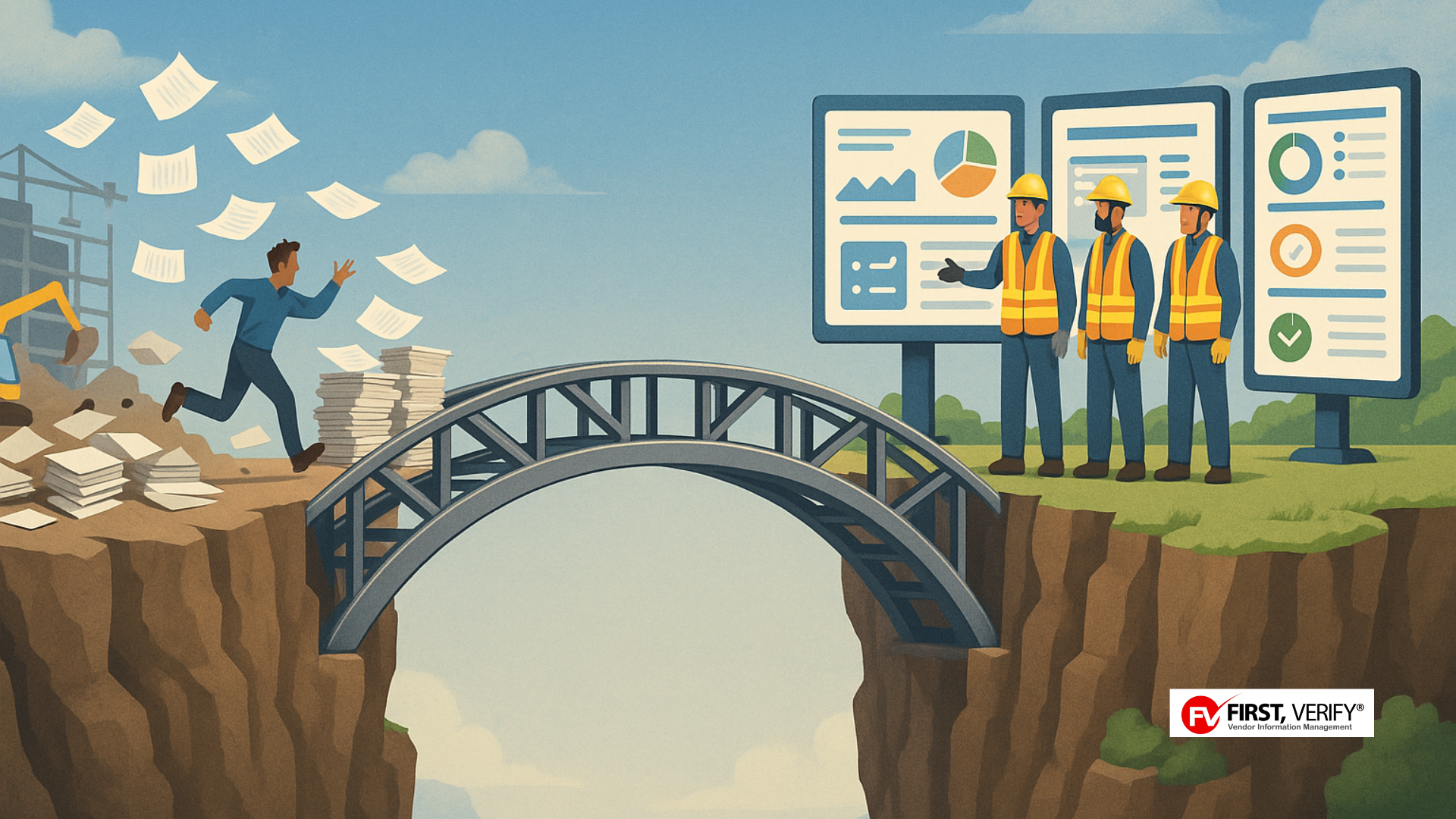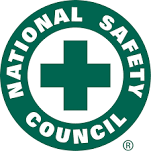The Importance of Tracking COIs for Every Contractor - COI Management
The task of manually tracking certificates of insurance (COIs) isn’t easy or glamorous. In fact, it’s rather tedious and frustrating. Due to the nature of the process, some companies may end up skipping this process altogether.
Beth lost her job because she failed to check the expiration date on the COI for a new contractor that was hired for a critical and hazardous project. They had worked together in the past and she assumed that they had an up-to-date COI. Unfortunately, the contractor had a reportable incident while onsite, and accidents don’t care about acquaintances. The mishap cost Beth's company huge financial damage. This incident ricocheted in job loss, financial dismay, and damage to the company’s business.
Although taking the word of your contractors and believing they have proper coverage maybe the easier option, ensuring that they actually have the required coverage in place is necessary. Irrespective of its lack of appeal, it is a critical part of any organization’s effort to reduce the risks of claims and lawsuits that can be damaging to the business. Overall, having up-to-date COIs saves both time and money.
The FIRST, VERIFY web application automatically notifies the contractor or supplier well in advance of a certificate's expiration date, allowing time for the submission of a renewed certificate. Our customer support personnel maintain continuous oversight until the policies are renewed and an updated certificate is issued. This service also tracks missing policies, insufficient limits, missing additional terms, and provides reports that allow you to monitor contractors whose COIs are near expiration.
By using
FIRST, VERIFY’s COI management service, hiring clients can request and track COIs, save time, and increase compliance for all projects.
Why is Tracking COIs Important?
Since a COI has all the essential details of a company’s insurance coverage, and policies and insurance companies often change, it’s important to keep track of COIs with a service provider like FIRST, VERIFY.
Any time a hiring client deals with a contractor, it’s exposed to risk. But by collecting COIs from your contractors, you can transfer risk back to them.
Just asking a contractor if they have insurance isn’t enough; it’s mandatory to get COIs from every contractor to ensure that all parties working on a project have the required coverage. Doing so can prevent a scenario where you unintentionally take on the risks associated with the work your contractors perform.
Most often coverage is required for at least these two types of coverage: general liability insurance or workers’ compensation insurance.
What Does General Liability Insurance Cover?
General liability insurance can help cover medical expenses and attorney fees resulting from bodily injuries and property damage for which your company may be legally responsible.
Companies need to be clear about what coverage contractors are required to carry for the work performed and make sure they communicate these requirements.
Occasionally, a contractor doesn’t carry the coverage a client needs. If a contractor doesn’t have the required coverage, mandating submission of a COI will expose this inadequacy and ensure that it’s corrected.
What Does Workers’ Compensation Insurance Cover?
Workers’ compensation insurance provides benefits to employees who get injured or sick from a work-related cause. It also includes disability benefits, missed wage replacement and death benefits.
The big questions are whose workers are they and who pays in the case of injury?
Workers brought to a job site by a contractor are the contractor's responsibility. If the contractor doesn't have workers' compensation insurance and an accident occurs on the job site, the client’s workers' compensation insurance kicks in. This becomes a problem for clients because this can result in increasing their workers' compensation premium.
What are the Benefits of Tracking COIs?
The FIRST, VERIFY COI management service and tracking software ensures that COIs are reliably collected. This helps keep hiring clients from being responsible for a contractor’s workers when there is an accident on a job site.
As the saying goes, “You cannot discover new oceans unless you leave your shore.” But that doesn’t mean that you under-prepare. To stay afloat, companies need to actively manage their risks and protect themselves from potential liabilities.
Mitigate your risk and increase compliance at the same time by signing up for a free FIRST, VERIFY COI management demo today.






